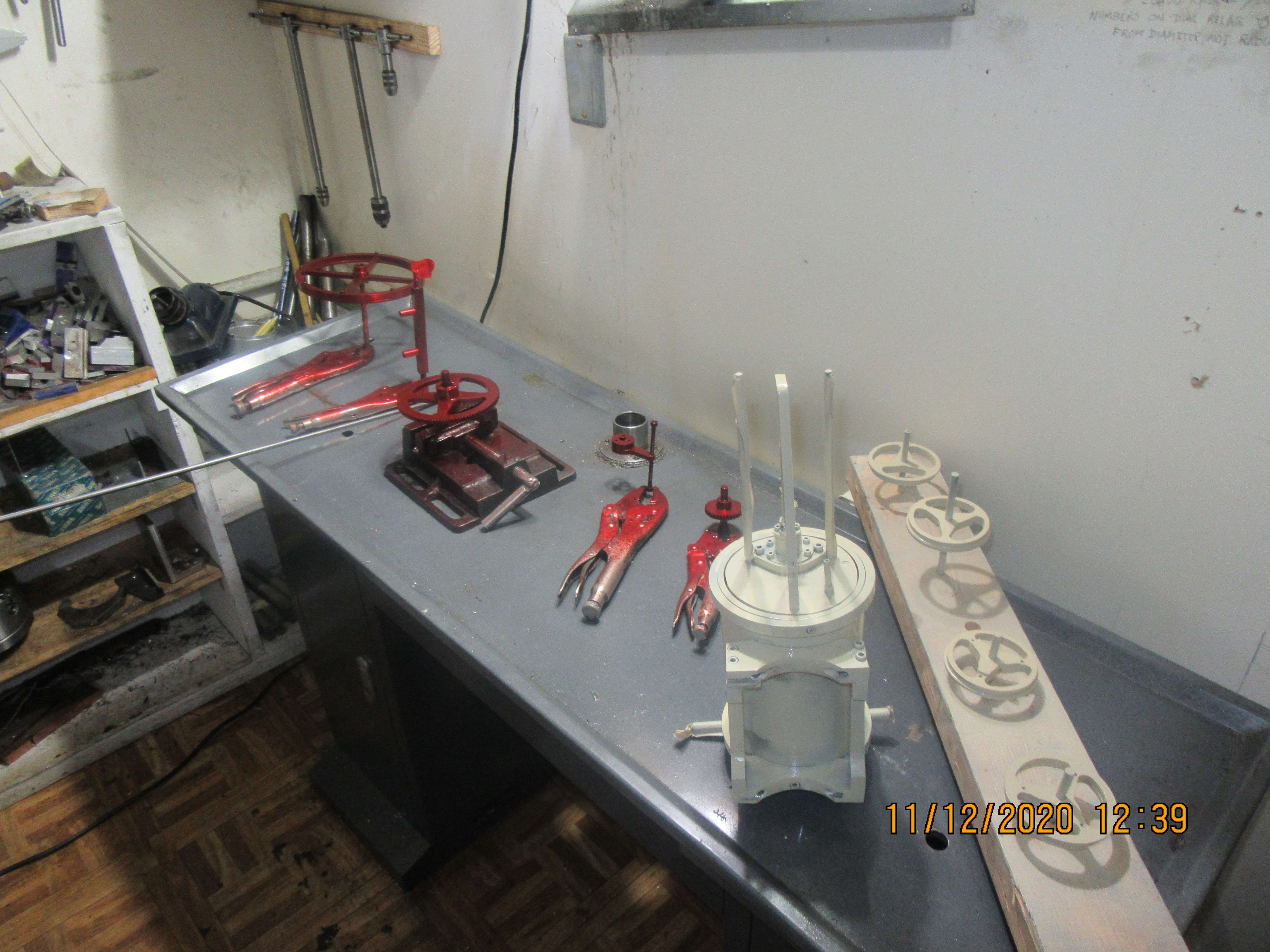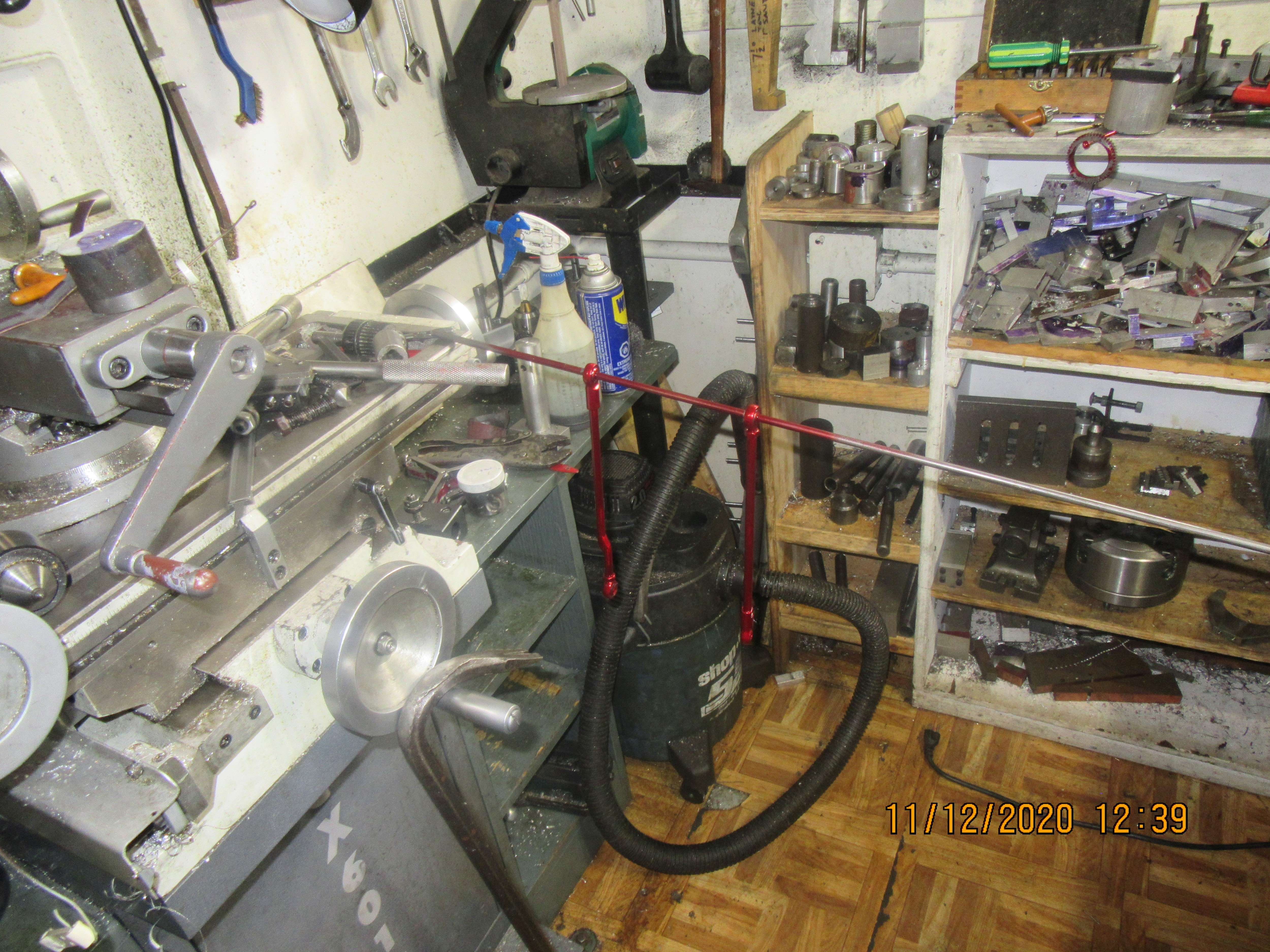The extra weight has made quite a difference.
Runs smoother and slower.
Ray
Runs smoother and slower.
Ray






![DreamPlan Home Design and Landscaping Software Free for Windows [PC Download]](https://m.media-amazon.com/images/I/51kvZH2dVLL._SL500_.jpg)

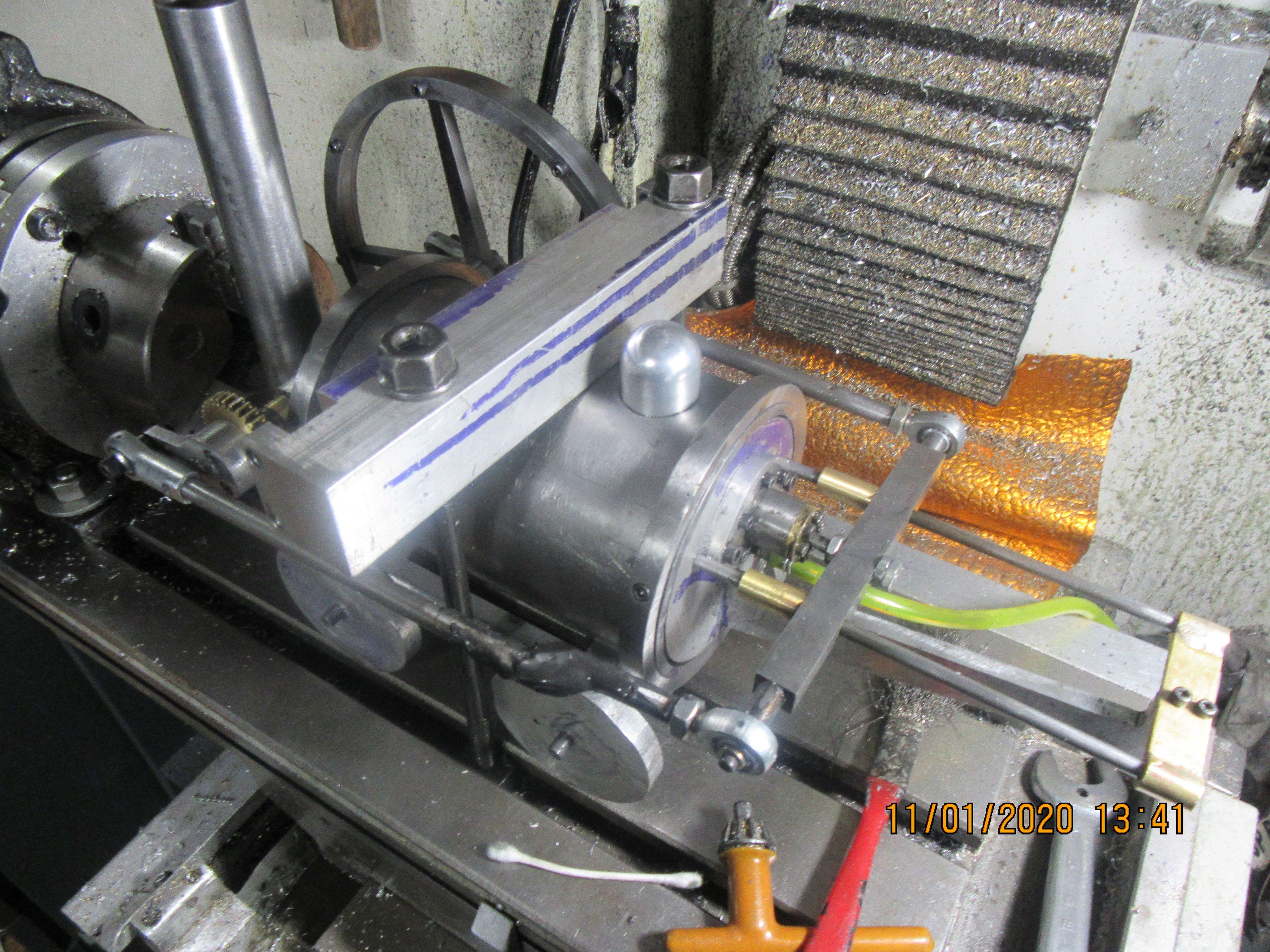
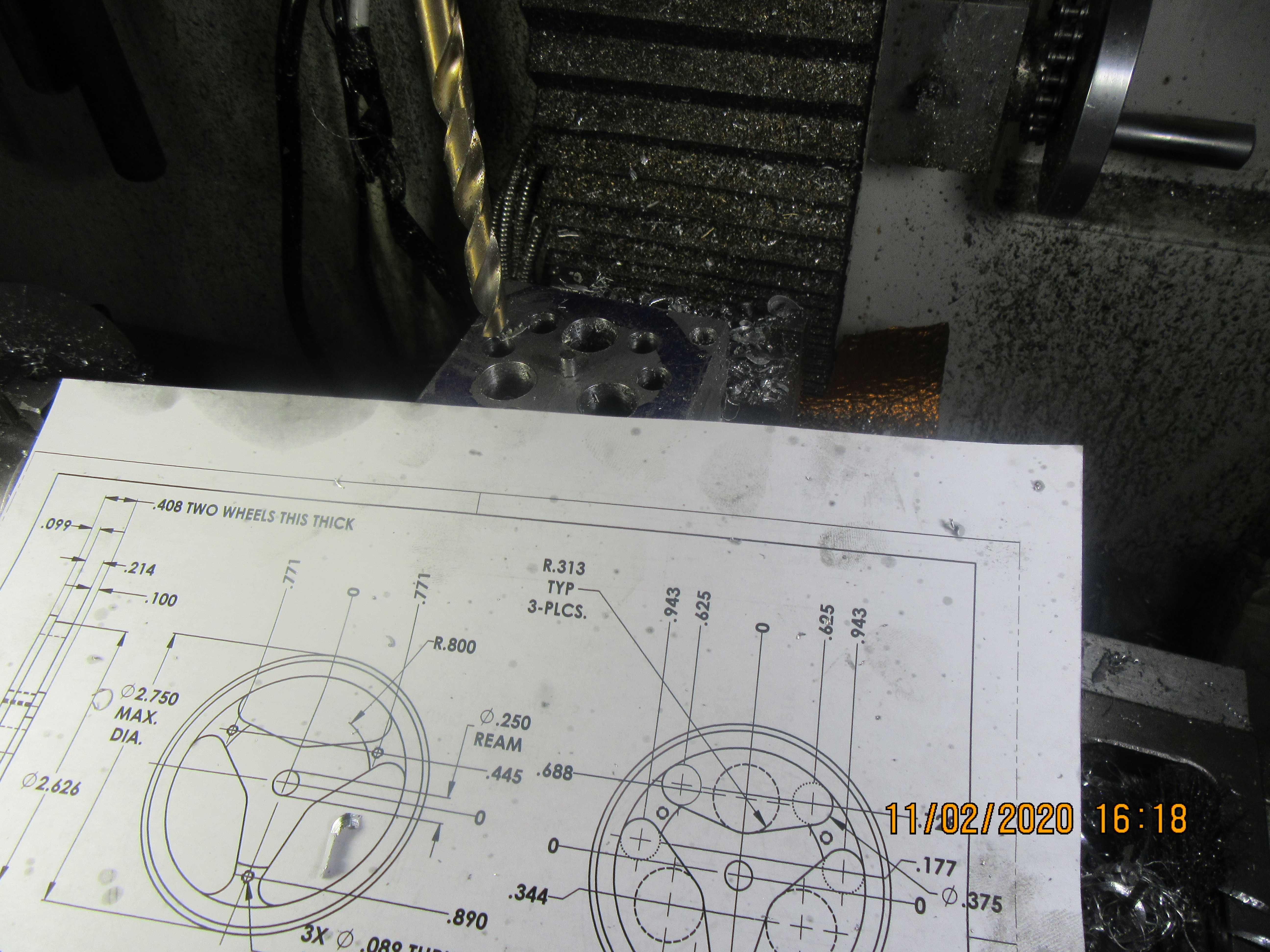
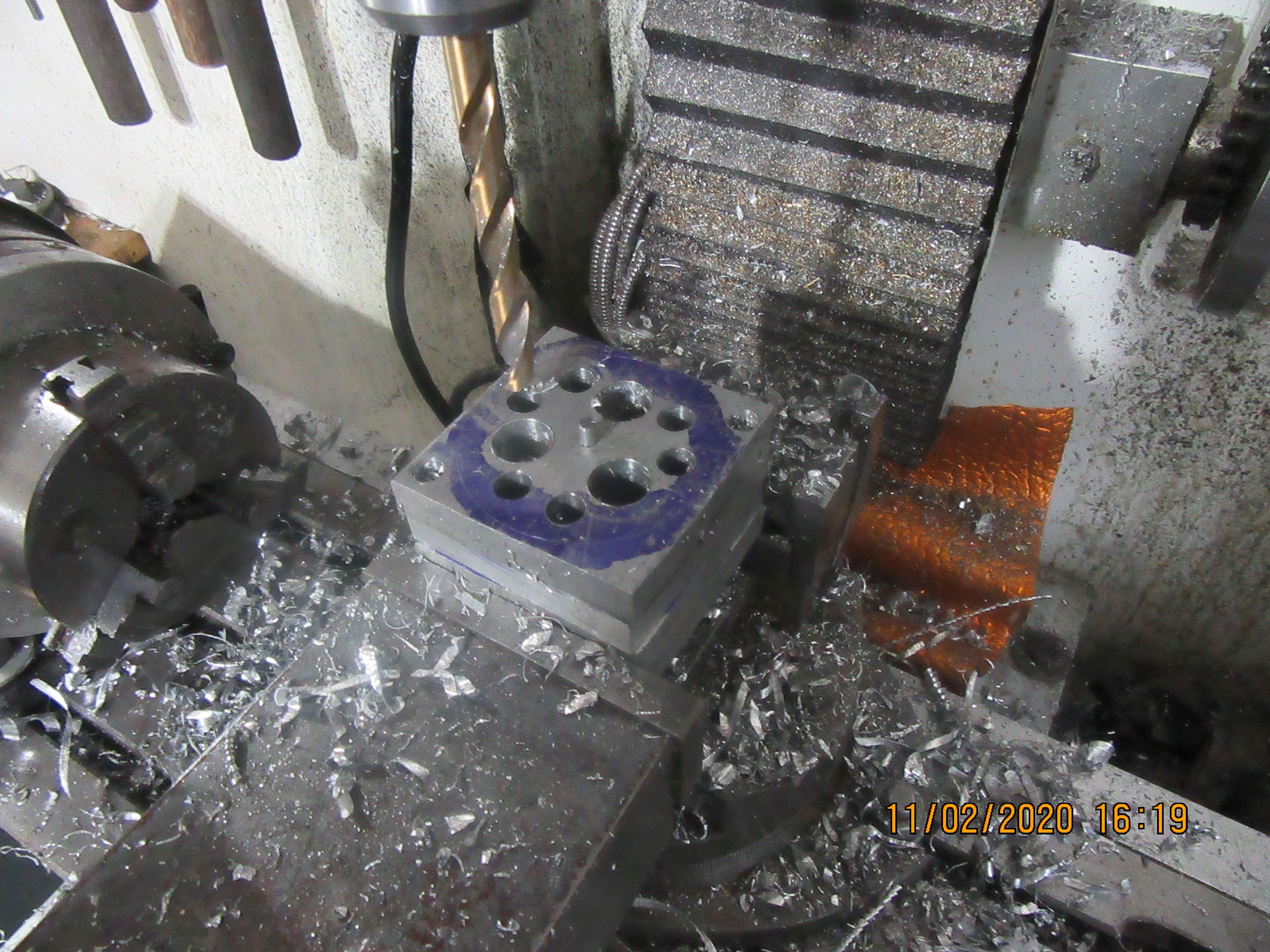
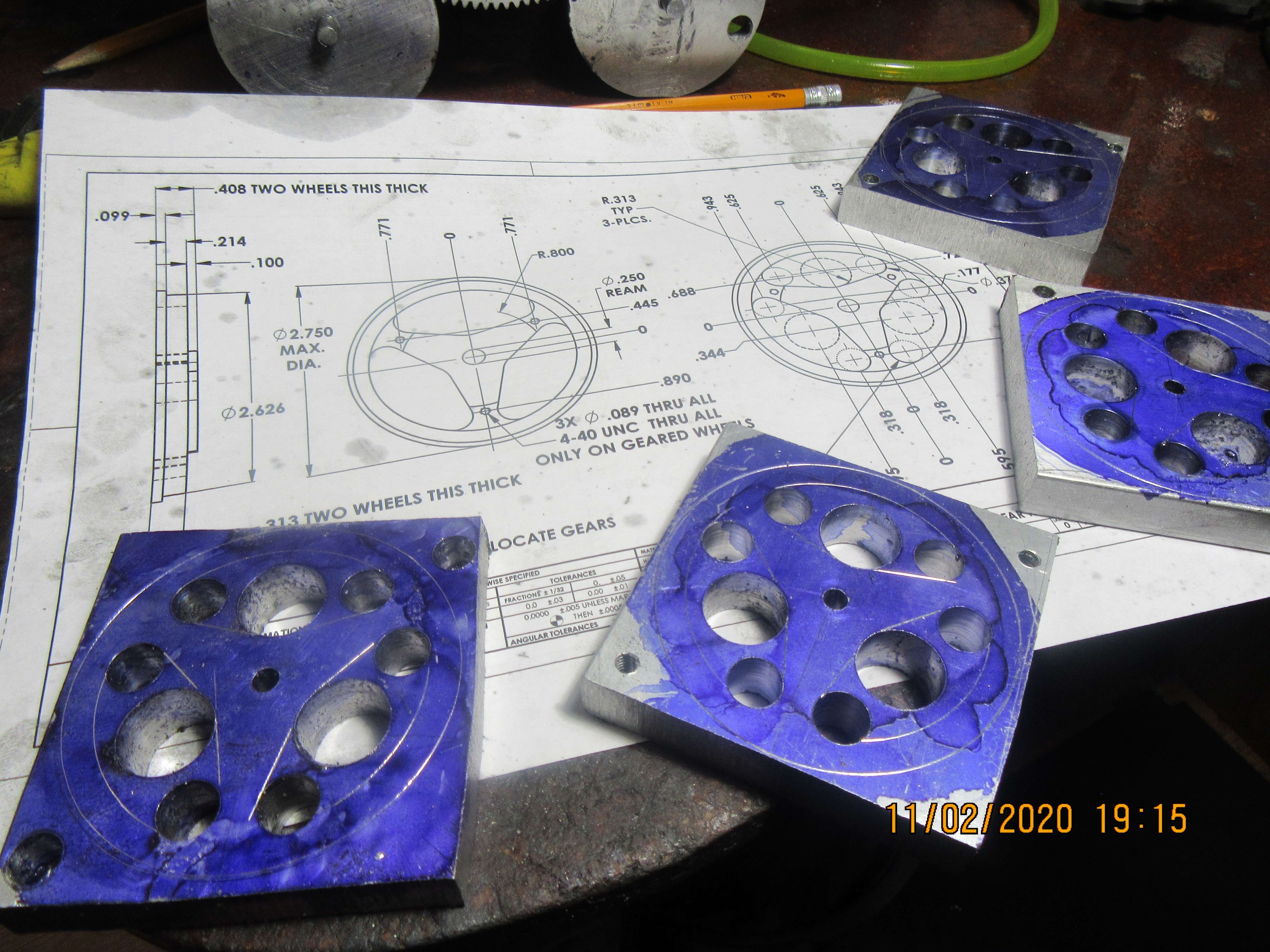
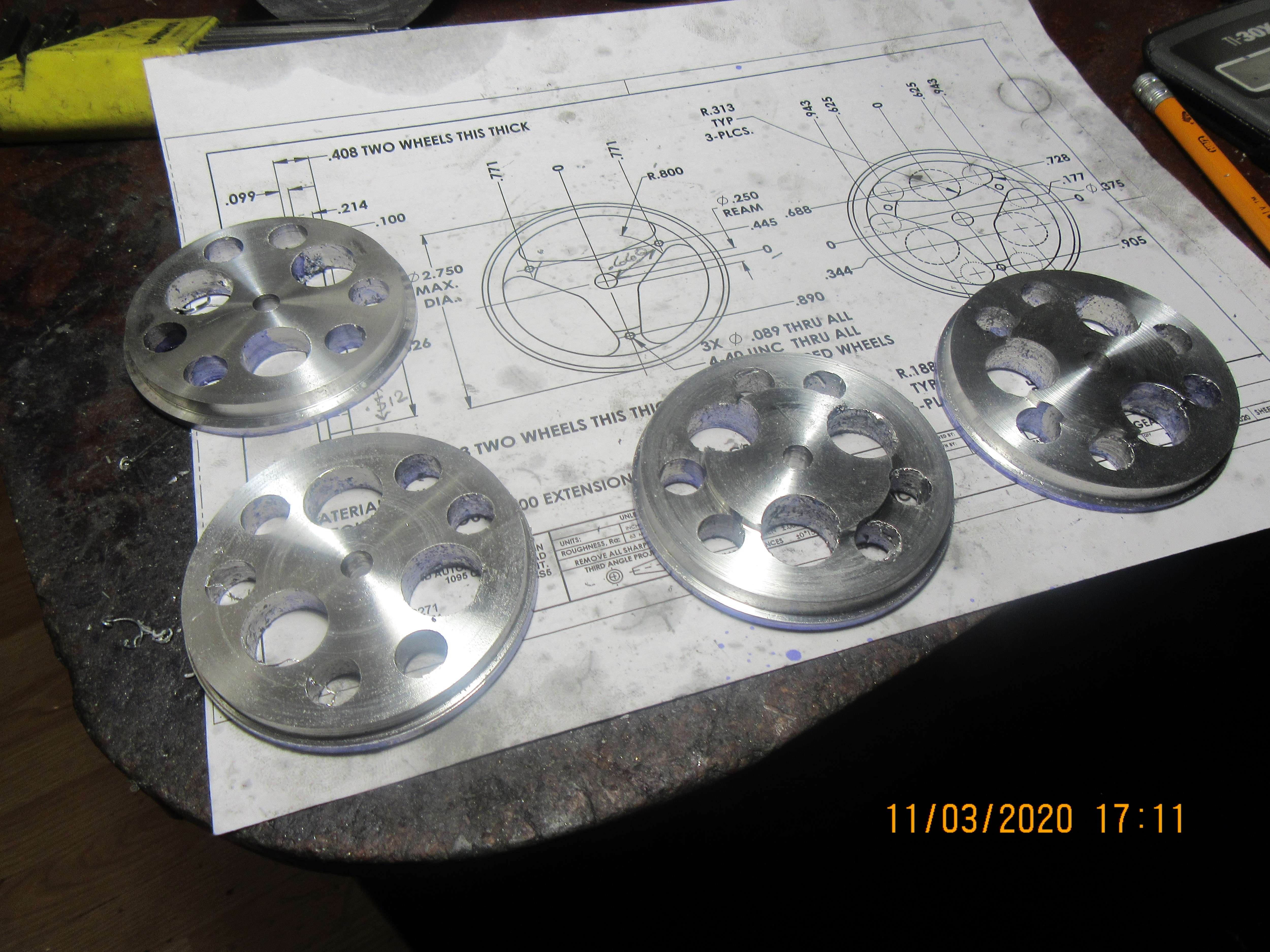
I greatly appreciate the effort you put into documenting the successes and failures of the build. The four way valve is an unfortunate mystery. I am curious about the ball end connecting rods. Did you just happen to have them on hand, or are there forces acting on them that cause them to roll (as opposed to pitch or yaw)? Could the cross head have just have been made a bit wider?Not really a lot left on the "build" of this engine, but I still had to contend with the hole in the top of the boiler that the actuator arm for the 4 way valve (that I couldn't make work) stuck up through. I decided that the perfect answer to that hole would be a "steam dome". Steam domes are marvelous things. They can be anything that your fertile imagination wants them to be---a safety valve, a pressure indicator, a speedometer. Most living people under 60 years of age have never actually seen a steam engine. I've been fighting a mild flue all week so I think I'll spend the rest of the day on my couch with a good science fiction book.---Brian

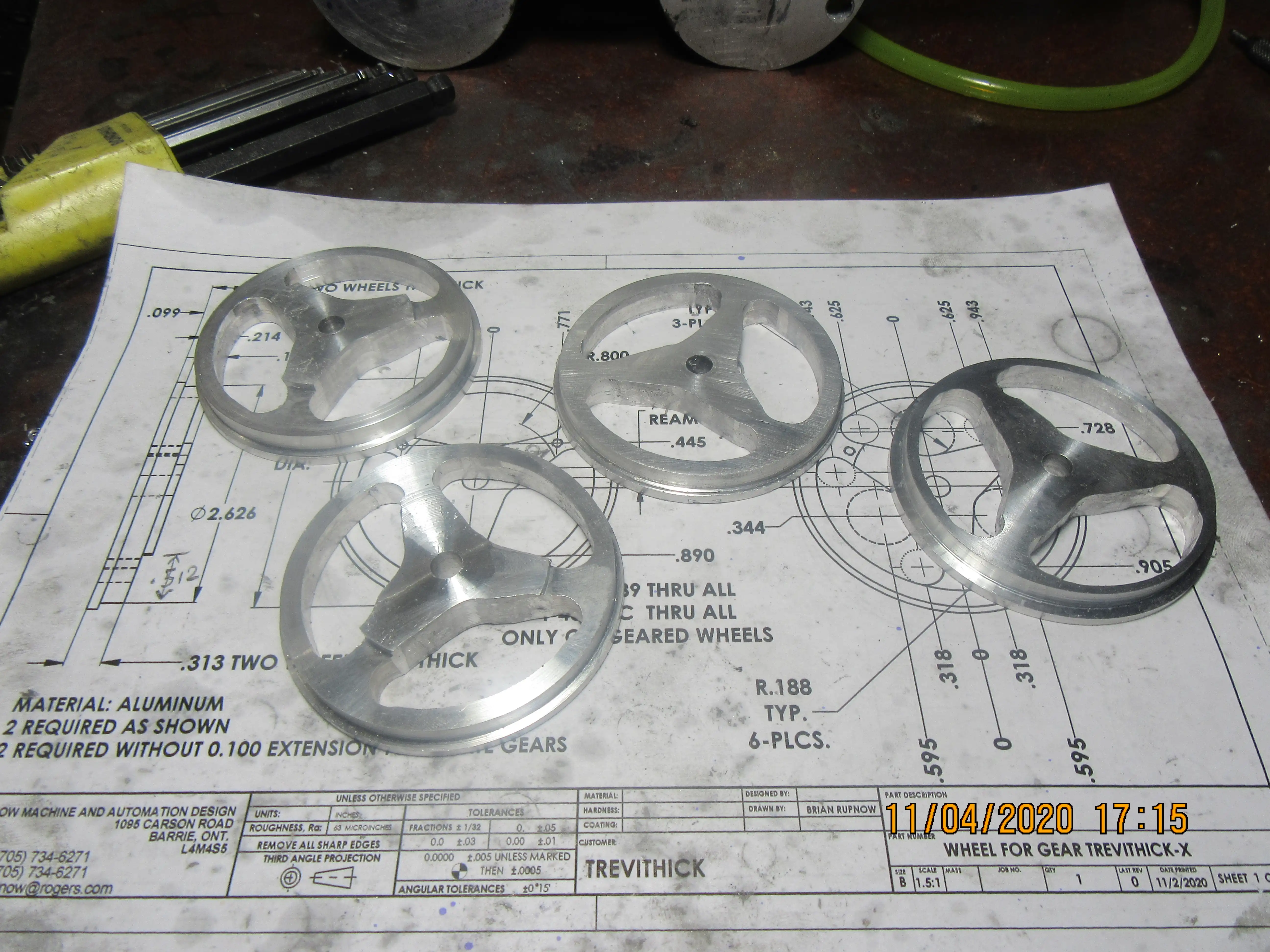
I have solved the 4 way valve mystery. There wasn't anything wrong with the valve. The crank arm on top of the valve which operated it was too long. This meant that the four way valve shifted too soon. If I had reworked my sliders and the rings at the ends of the boiler I could have arranged things so that the valve shifted position much closer to the end of the piston stroke, and that would let the piston reach top dead center and bottom dead center just as the valve changed position. I used ball end connecting rods because when an engine is made up of multiple bolt together pieces, there is always some "twist" to the con-rods as they move from one extreme position to the other. The ball end allows this to happen without throwing stresses into the engine and causing it to bind.---I may change the ends that connect to the cross-head to be just plain brass ends and let the ball/socket joint at the crankshaft end allow for any "twist" in the system. I could have made the cross head wider, but it wasn't necessary. It just needed to be wide enough for the con-rods to clear the flywheel and the 108 tooth gear.I greatly appreciate the effort you put into documenting the successes and failures of the build. The four way valve is an unfortunate mystery. I am curious about the ball end connecting rods. Did you just happen to have them on hand, or are there forces acting on them that cause them to roll (as opposed to pitch or yaw)? Could the cross head have just have been made a bit wider?
Thanks for sharing the adventure.
Larry
I have solved the 4 way valve mystery. There wasn't anything wrong with the valve. The crank arm on top of the valve which operated it was too long. This meant that the four way valve shifted too soon. If I had reworked my sliders and the rings at the ends of the boiler I could have arranged things so that the valve shifted position much closer to the end of the piston stroke, and that would let the piston reach top dead center and bottom dead center just as the valve changed position. I used ball end connecting rods because when an engine is made up of multiple bolt together pieces, there is always some "twist" to the con-rods as they move from one extreme position to the other. The ball end allows this to happen without throwing stresses into the engine and causing it to bind.---I may change the ends that connect to the cross-head to be just plain brass ends and let the ball/socket joint at the crankshaft end allow for any "twist" in the system. I could have made the cross head wider, but it wasn't necessary. It just needed to be wide enough for the con-rods to clear the flywheel and the 108 tooth gear.
